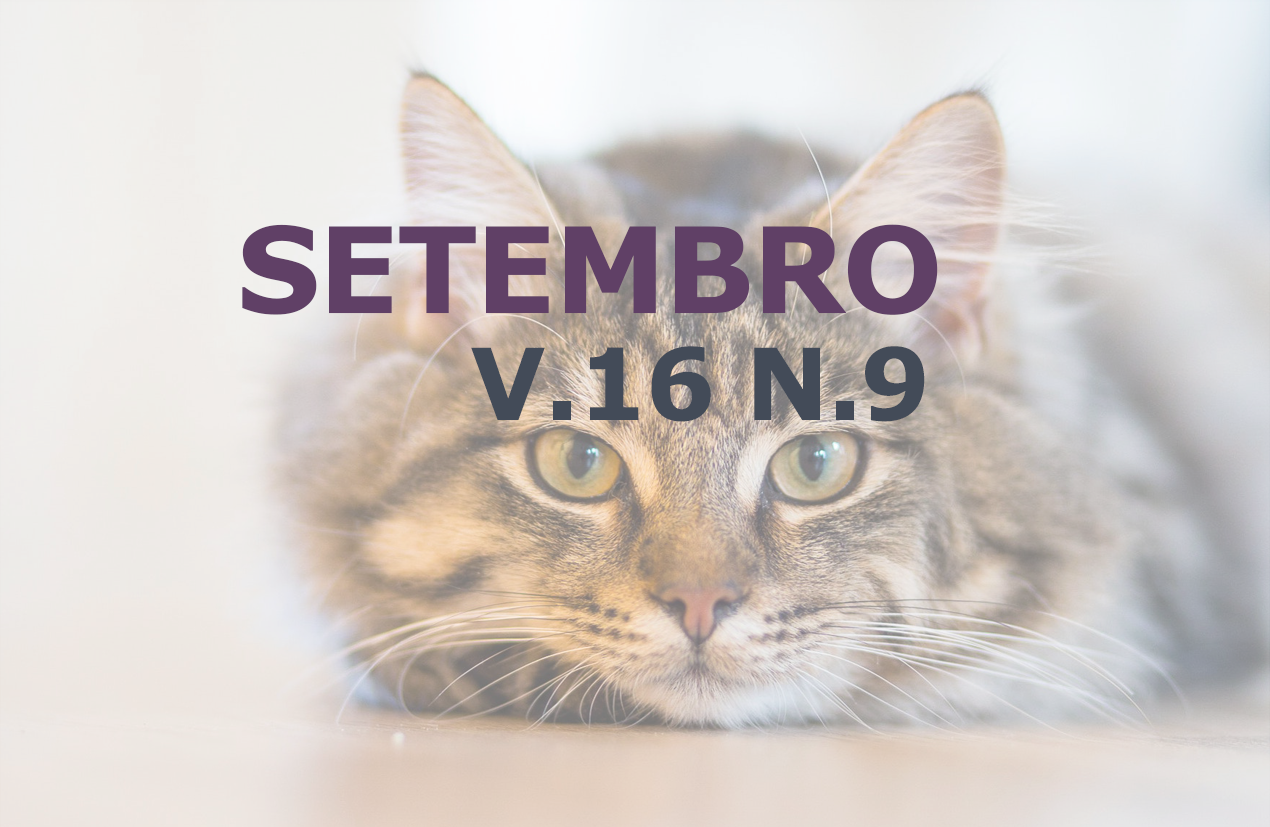Morphological evaluation of the pineal gland of mares in reproductive activity and in physiological anestrus
DOI:
https://doi.org/10.31533/pubvet.v16n09a1210.1-9Keywords:
Anatomy, epithalamus, horses, microscopy, reproductionAbstract
The pineal gland (PG), part of the epithalamus, is sensitive to light and, in vertebrates, secretes melatonin, in the absence of light. This hormone seems to interfere in the adaptation of reproductive functions to light conditions, especially in animals that reproduce seasonally, such as horses, allowing birth in times of warmer weather and favorable to the availability of food. Therefore, the objective of this study was to evaluate and describe the ultrastructural components of the PG of 24 mares, distributed in two phases: breeding season and physiological anestrus, each one with 2 groups (3-8 and 15-20 years of age). The PG was removed after the animals were slaughtered, and processed in stages of fixation, histological sections and staining. The analysis of the processed material was performed using light and transmission microscopy, and the data were subjected to statistical analysis. The PG was found in the midsagittal plane, dorsocaudal to the interthalamic adhesion and ventrally to the splenium of the corpus callosum, presenting ovoid or piriform shape. It was surrounded by a connective tissue capsule, from which septa depart from and, accompanied by blood vessels, divide the parenchyma into lobules. The main glandular components were pinealocytes and astrocytes. Calcareous concretions were evidenced in the nucleus and cytoplasm of pinealocytes, as well as in the extracellular space of all PGs, regardless of age and/or reproductive stage. On the other hand, mares in physiological anestrus had a higher number of pinealocytes.
Downloads
Published
Issue
Section
License
Copyright (c) 2022 Henrique Ribeiro Alves de Resende, João Vitor Fernandes Cotrim de Almeida, João Bosco Costa Coelho, Lucas Wamser Fonseca Gonzaga, Marcos Ferrante, Edson Aparecido Liberti, Francisco Javier Hernandez Blazquez, Luciano da Silva Alonso, Wirton Peixoto Costa, Irvênia Luiza de Santis Prada

This work is licensed under a Creative Commons Attribution 4.0 International License.
Você tem o direito de:
Compartilhar — copiar e redistribuir o material em qualquer suporte ou formato
Adaptar — remixar, transformar, e criar a partir do material para qualquer fim, mesmo que comercial.
O licenciante não pode revogar estes direitos desde que você respeite os termos da licença. De acordo com os termos seguintes:
Atribuição
— Você deve dar o crédito apropriado, prover um link para a licença e indicar se mudanças foram feitas. Você deve fazê-lo em qualquer circunstância razoável, mas de nenhuma maneira que sugira que o licenciante apoia você ou o seu uso. Sem restrições adicionais
— Você não pode aplicar termos jurídicos ou medidas de caráter tecnológico que restrinjam legalmente outros de fazerem algo que a licença permita.





